State of email deliverability 2025


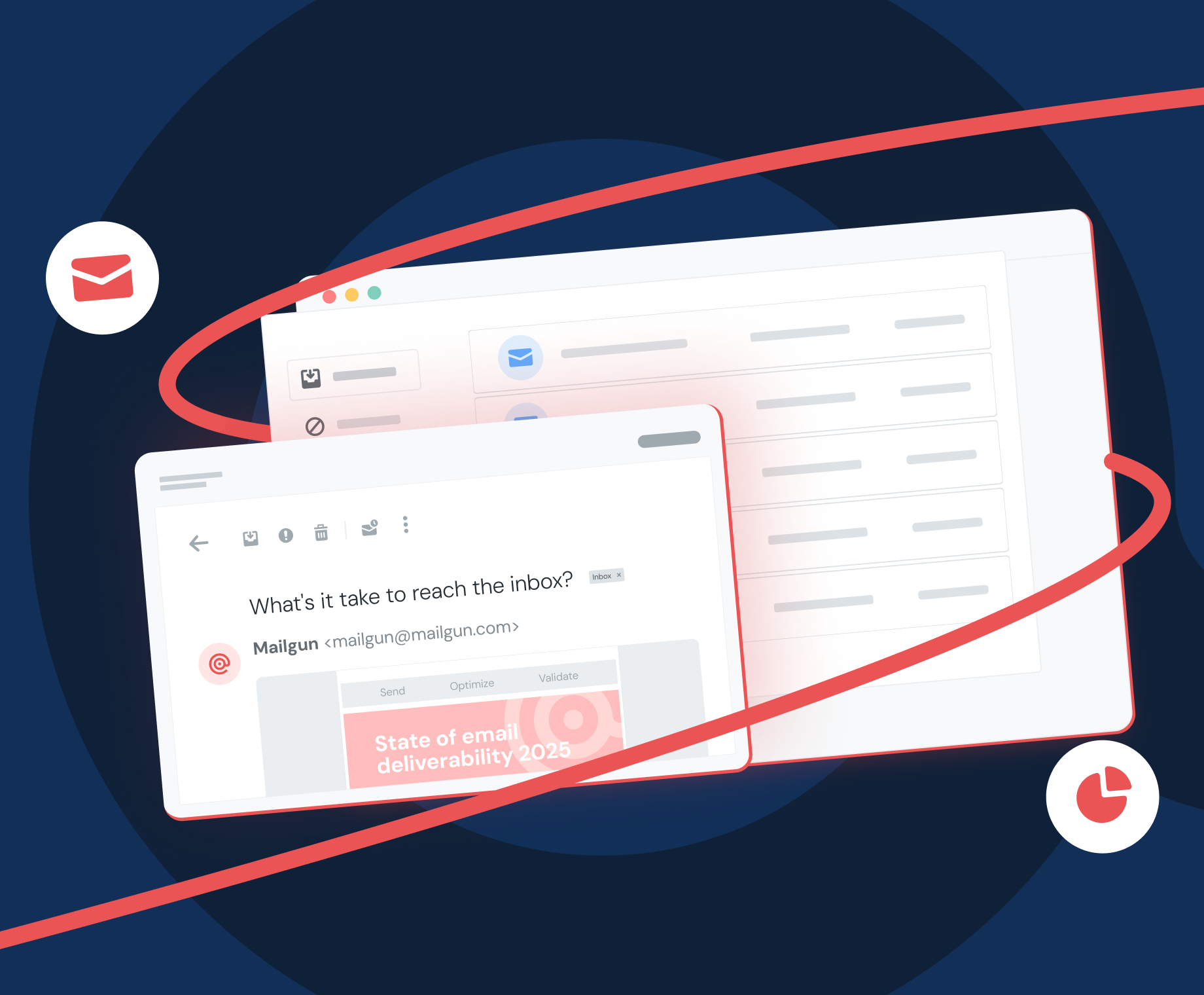
Your organization relies on email for customer communications. What would happen if you were unable to reach the inboxes? Find out why email deliverability is evolving and how this research can help.

How big were the new sender requirements from Google and Yahoo in 2024? Big enough to get a nickname… Yahoogle. How much does it matter that Microsoft released its requirements early 2025? Well, check the title update… Yahooglesoft may sound like an unstoppable word apocalypse, but will the updates make the email inbox a better place? Here’s a breakdown of the changes and how senders responded to them.
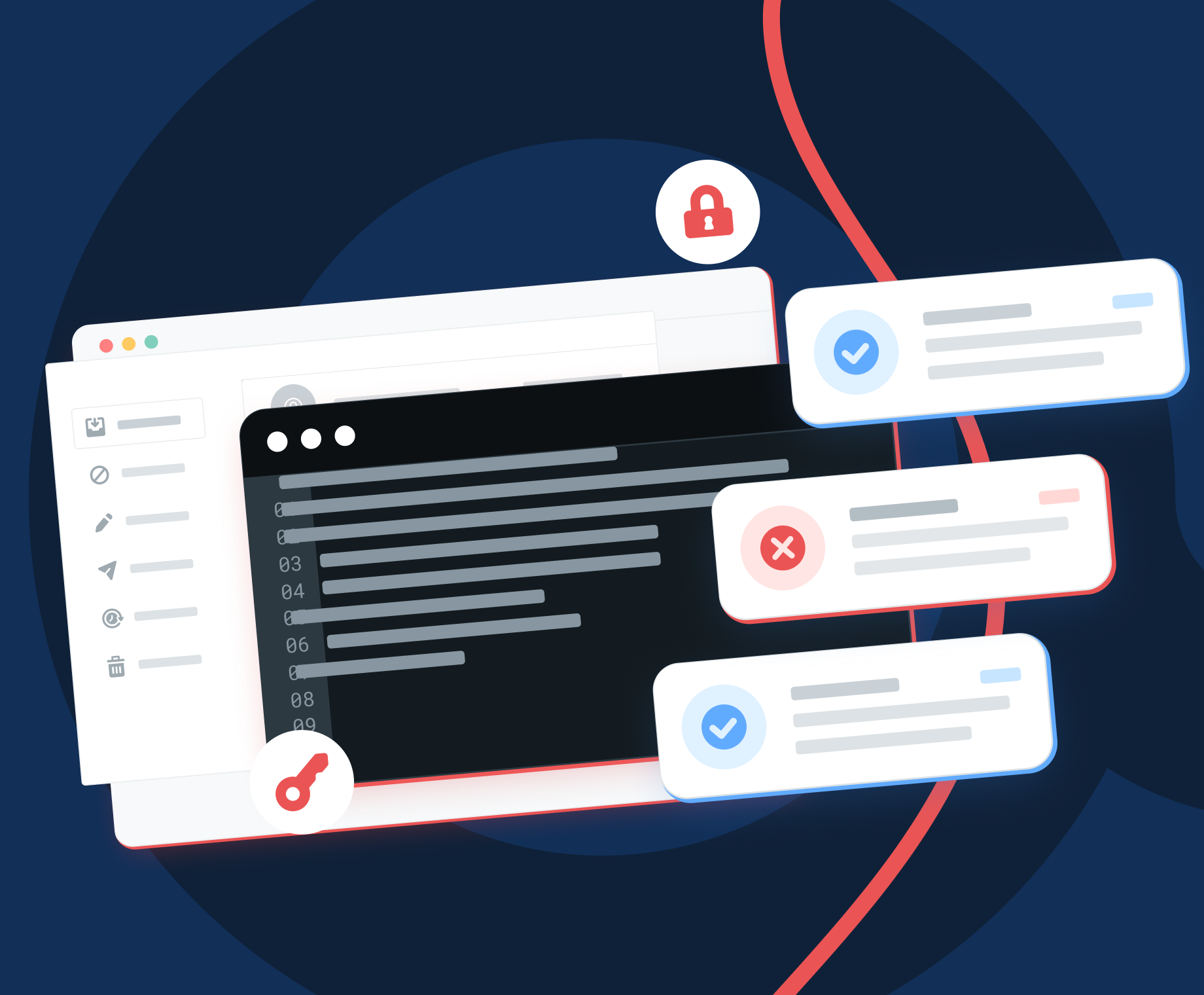
Email authentication is a powerful defense in the fight to save email from the bad guys. Do our survey results indicate enough senders use SPF, DKIM, and DMARC to keep inboxes safe from scammers?
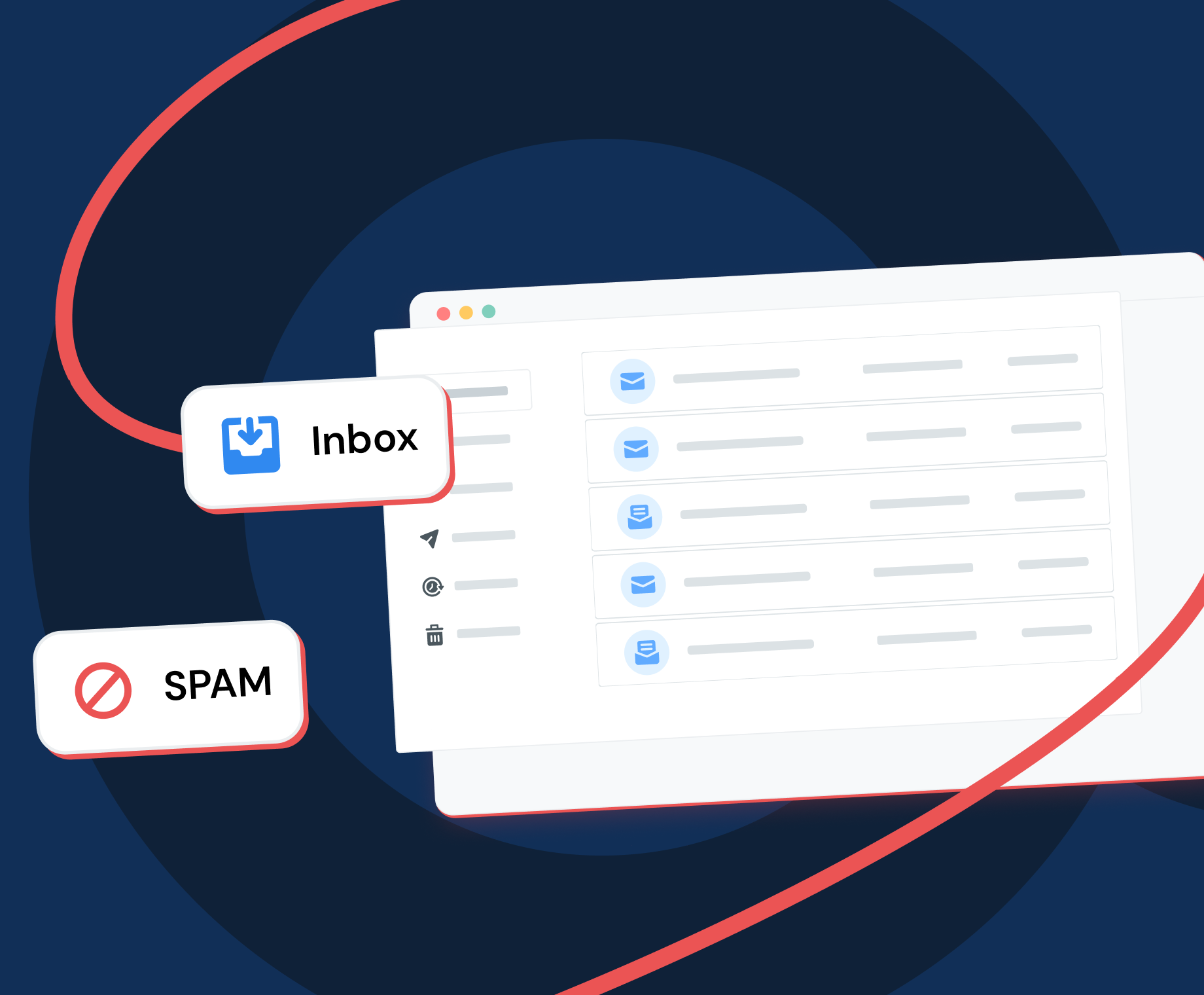
When it comes to reaching the inbox and avoiding spam, you don’t know what you don’t know. Some senders have serious misunderstandings about measuring email deliverability. Find out how to gain visibility into where your emails land.

Mailbox providers have opinions about every organization that sends email. Do you know if your reputation is good or bad? Find out why getting contacts to consistently engage with your emails is an effective way to be seen in a positive light.
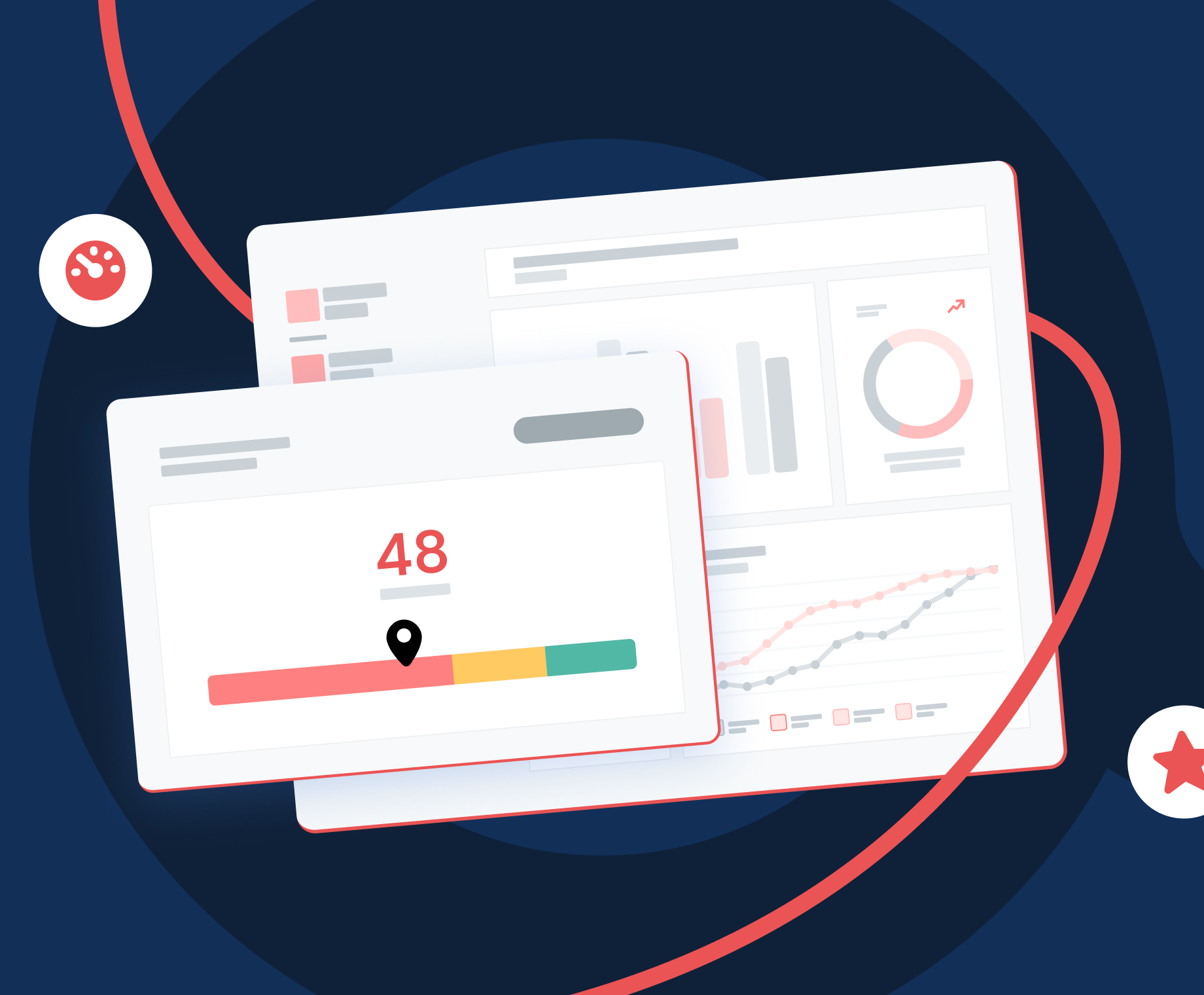
A clear picture of how mailbox providers view your email program helps clear the path to the inbox. But how well do you understand your email sender reputation? Find out where to focus your efforts and which tools offer the best insights.
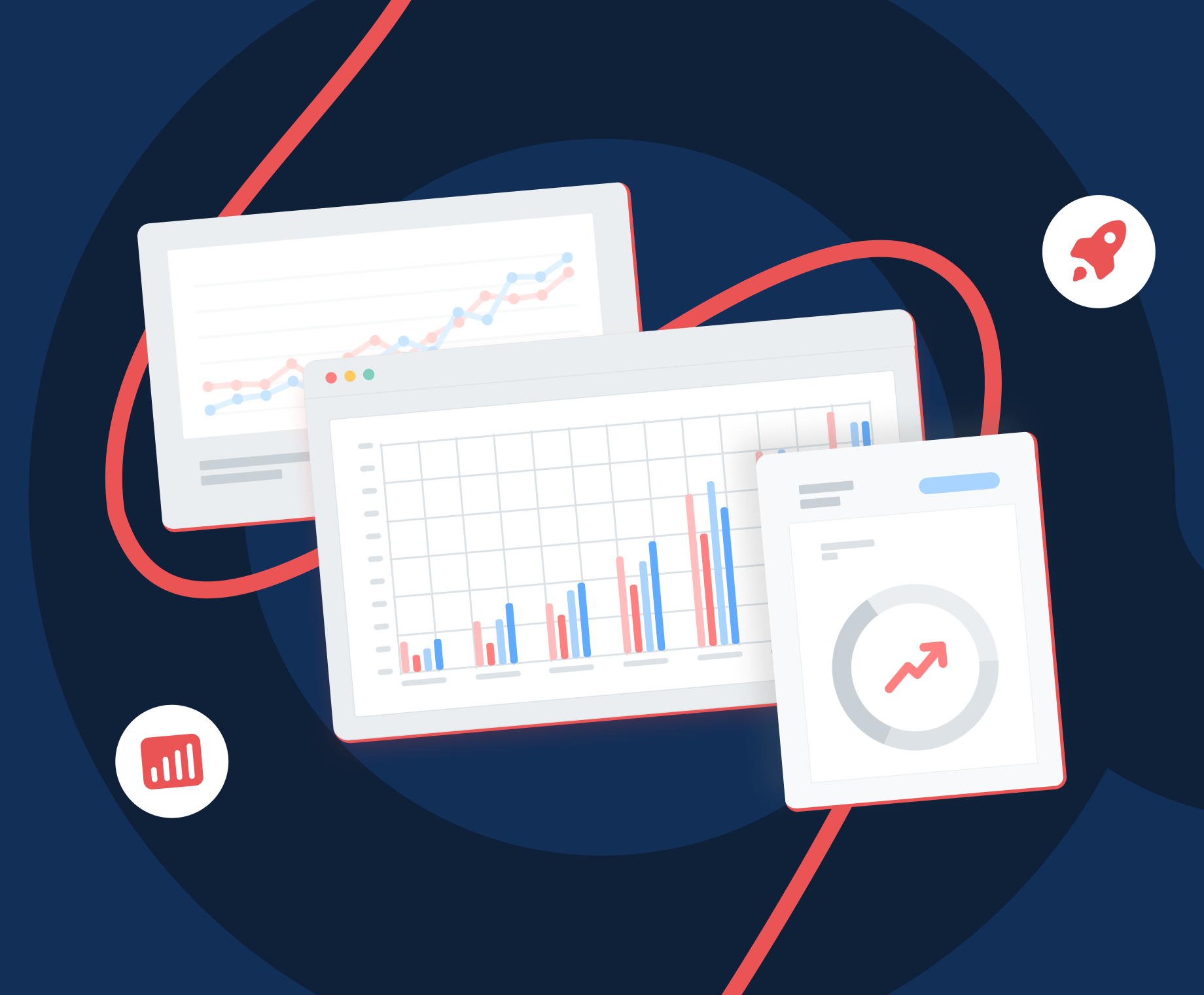
Why is achieving inbox placement a top priority for many organizations? Because email is directly connected to the customer experience. Get actionable advice to improve email deliverability and resources to learn more.
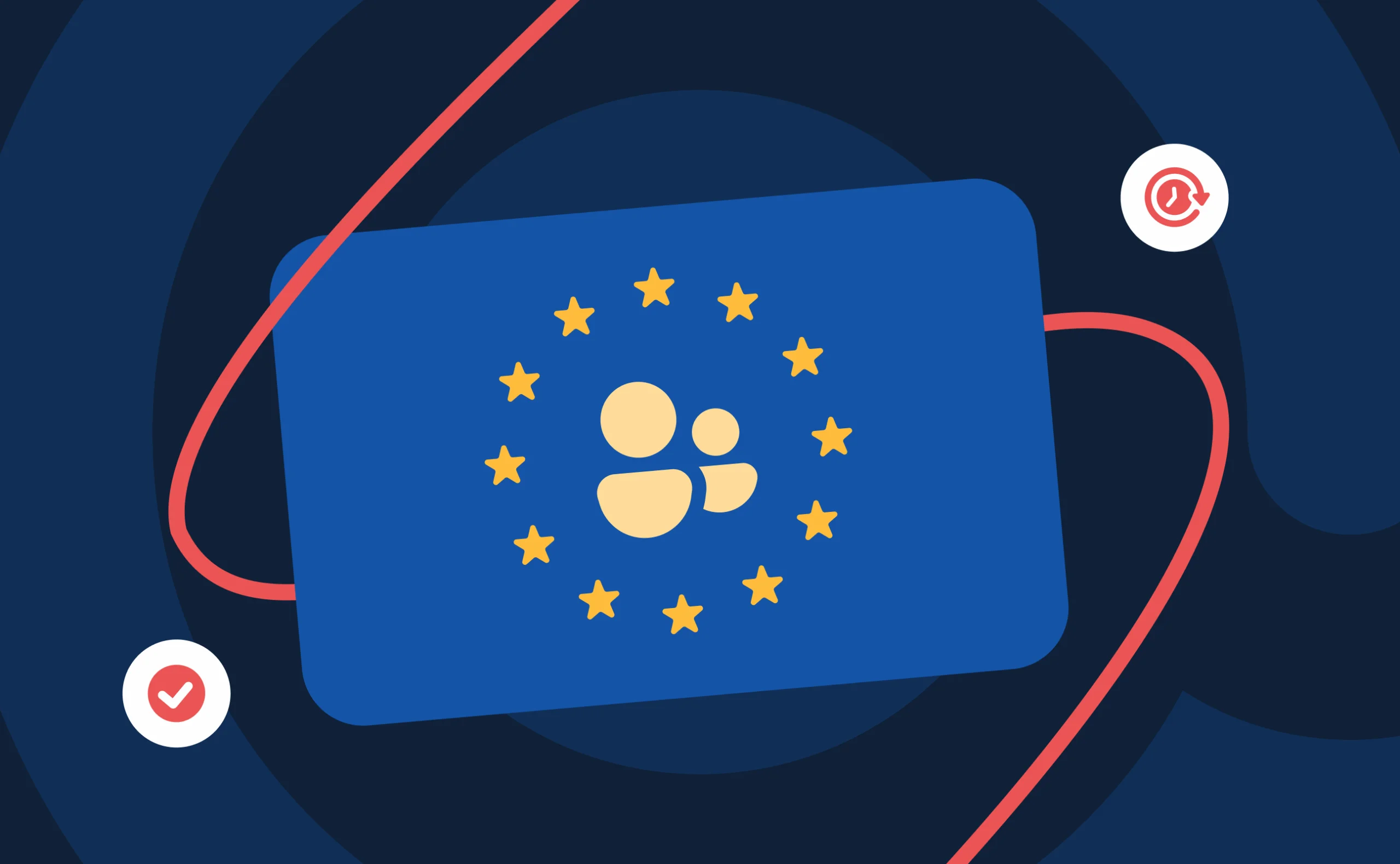
Compliance isn’t slowing down. From Yahoogle and Microsoft to the upcoming European Accessibility Act, senders are expected to do more than just show up in the inbox. Deliverability now depends on how well you serve your audience—and how well your infrastructure adapts.
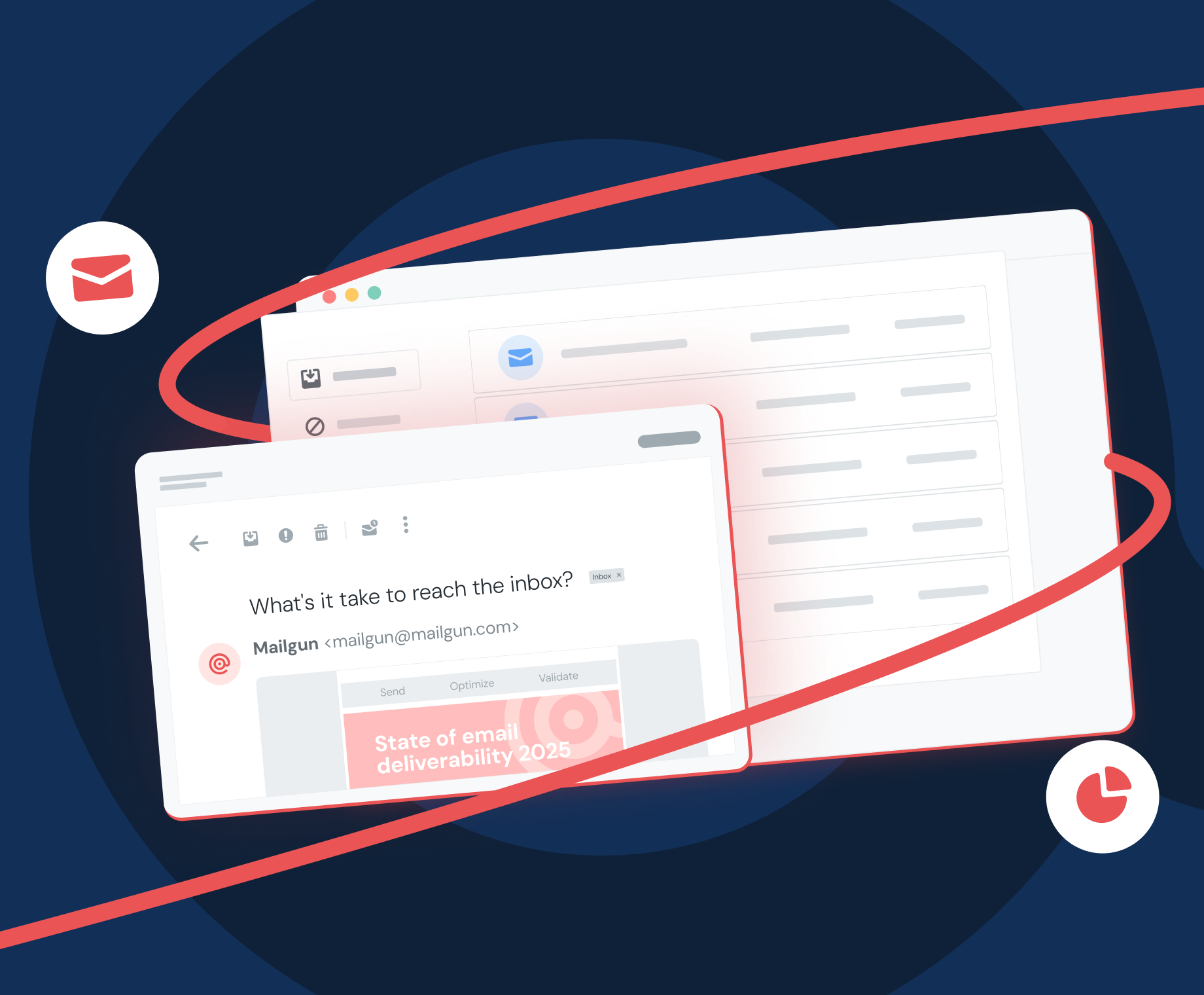
During July of 2024, Sinch Mailgun conducted a global survey of email senders. Respondents included Sinch Mailgun users as well as users from sister brands Sinch Mailjet and Sinch Email on Acid. The survey collected data and insights concerning the email deliverability knowledge and practices of senders around the world.
Research Report
Want some time to dig through all the insights in Sinch Mailgun’s State of email deliverability 2025? Grab a PDF copy of the report to read whenever you want. No need to fill out a form. Just click the button and download now.